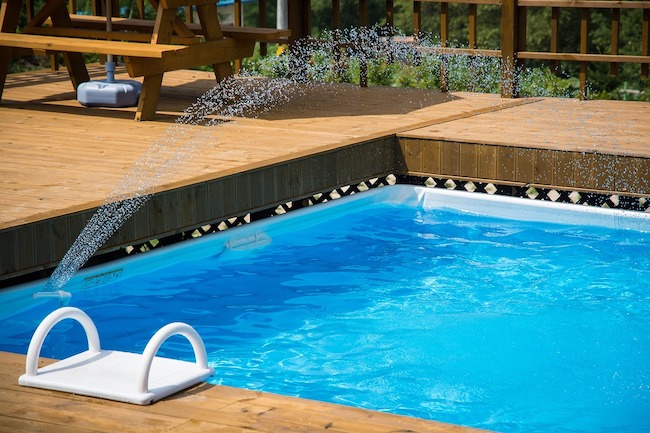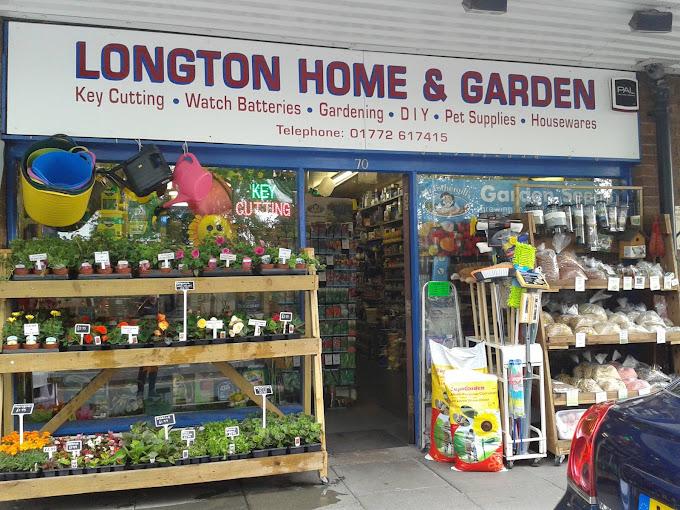Keeping algae out of your pool not only maintains a beautiful, clear swim space but also enhances swimmer safety and protects your pool’s infrastructure. Algae can quickly turn a sparkling oasis into a green, slippery mess. Understanding the causes and taking preventive measures is the key to keeping algae at bay. Here’s your complete guide to preventing algae growth in your pool.
Understanding Algae Types in Pools
Algae come in various types, each with its unique challenges and appearance:
- Green Algae: This is the most common type and is often free-floating, turning pool water green and murky. It’s relatively easy to treat but requires swift action to prevent rapid spread.
- Yellow (Mustard) Algae: This algae appears as yellowish or brownish spots and clings to pool surfaces. It’s more resistant to chlorine than green algae and requires more attention.
- Black Algae: Black algae are particularly stubborn and often found in cracks and crevices. These dark, tar-like spots have strong roots and require special treatment.
Each type of algae requires specific approaches for removal, so understanding the type you’re dealing with helps in choosing the best preventative methods.
Why Does Algae Grow in Pools?
Algae can quickly find a home in pools due to various reasons:
- Inadequate Filtration and Circulation: When water circulation is poor, algae can settle and thrive in stagnant areas.
- Imbalanced Chemical Levels: A low chlorine level or improper pH balance provides algae with an ideal environment to flourish.
- External Contaminants: Algae spores can enter the pool from wind, rain, or on swimsuits, toys, and equipment brought in from natural bodies of water.
Understanding these factors allows you to address the causes of algae growth before they become an issue.
Step-by-Step Guide to Preventing Algae Growth
Following these steps can help you prevent algae from taking over your pool.
Step 1: Maintain Proper Chemical Balance
Ensuring the right chemical balance is essential for keeping algae at bay.
- Ideal Chlorine Levels: Keep chlorine levels between 1-3 ppm. Chlorine is your primary defense against algae, as it kills spores before they spread.
- Optimal pH Range: Keep the pH between 7.2 and 7.8. Imbalanced pH can reduce the effectiveness of chlorine, creating an opportunity for algae growth.
- Using Algaecides: While algaecides are not a substitute for chlorine, they’re helpful as an added preventative measure. Regular use can keep algae spores from gaining a foothold.
Step 2: Improve Pool Filtration and Circulation
Efficient filtration and circulation keep your pool water moving, making it harder for algae to settle.
- Run the Pump Daily: Running your pump for 8-12 hours daily helps prevent stagnation, especially in warmer months when algae growth is more likely.
- Brush and Clean Surfaces: Brush the pool walls and floor regularly to disturb any algae that might be trying to attach. Using a reliable pool cleaner keeps surfaces clean and free of algae build-up.
Step 3: Skim and Vacuum the Pool Regularly
Regular cleaning removes contaminants that fuel algae growth. Skim your pool daily to remove leaves, debris, and other organic matter that can decompose and create a favorable environment for algae.And do not forget to regular use pool cleaner to ensures any fine particles missed by the skimmer are removed. Vacuum after storms or heavy use, as these conditions can introduce more organic material into the water.
Step 4: Shock Your Pool Weekly
Pool shocking is an effective way to keep your water clear and algae-free.
What is Pool Shocking? Shocking involves adding a higher-than-usual dose of chlorine to kill organic contaminants. This process helps eliminate any algae spores that may have entered the pool.
Follow manufacturer instructions based on your pool size, and shock the pool in the evening when the sun won’t degrade the chlorine as quickly. Aim for a shock treatment once a week or after heavy rainfall.
Step 5: Clean Pool Accessories and Surroundings
Contaminated pool accessories and equipment can introduce algae spores into your pool.
- Pool Toys and Floats: Clean pool toys, floats, and other accessories that might carry algae. Rinse them thoroughly before bringing them into the pool.
- Deck and Pool Area: Regularly clean the pool deck and surrounding areas to prevent dirt and organic matter from making its way into the water.
Using the Best Pool Cleaner for Long-Term Algae Prevention
Using a high-quality pool cleaner can significantly reduce the manual work of keeping algae out of your pool. Automatic and robotic cleaners can scrub walls, floors, and tight corners, minimizing algae growth in areas often missed by manual cleaning. For those who want to reduce algae risk with minimal effort, investing in the best pool cleaner can be a game-changer.
Signs of Algae Growth and Early Intervention Tips
Knowing the early signs of algae growth allows for quick intervention before it spreads.
- Water Tint: A greenish tint in the water is often the first sign of algae presence.
- Slippery Walls and Floor: Algae-covered surfaces feel slippery or slimy to the touch.
- Cloudy Water: While cloudy water can have multiple causes, it’s often linked to early algae growth.
If you notice these signs, act promptly by testing and balancing your water and using a shock treatment if necessary.
Our Final Thought
Preventing algae growth in your pool is essential for maintaining a safe and inviting swim environment. By keeping up with a regular maintenance routine—balancing chemicals, improving circulation, and cleaning regularly—you can prevent algae from taking hold. Remember, investing in quality equipment like a pool cleaner and using algaecides as needed will further help in keeping your pool clear. With these steps, you’ll enjoy an algae-free pool all season long!




